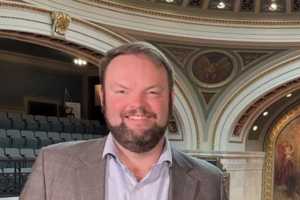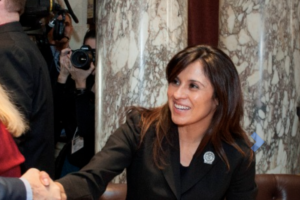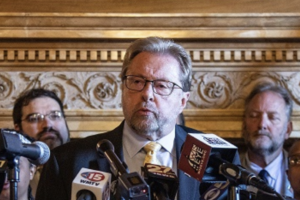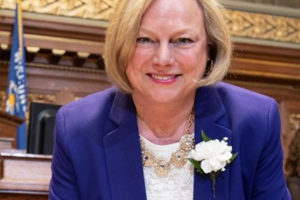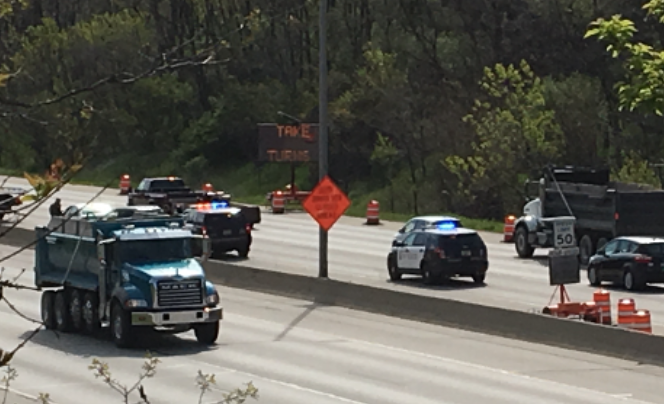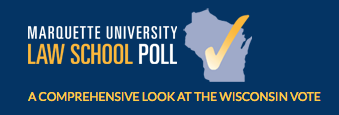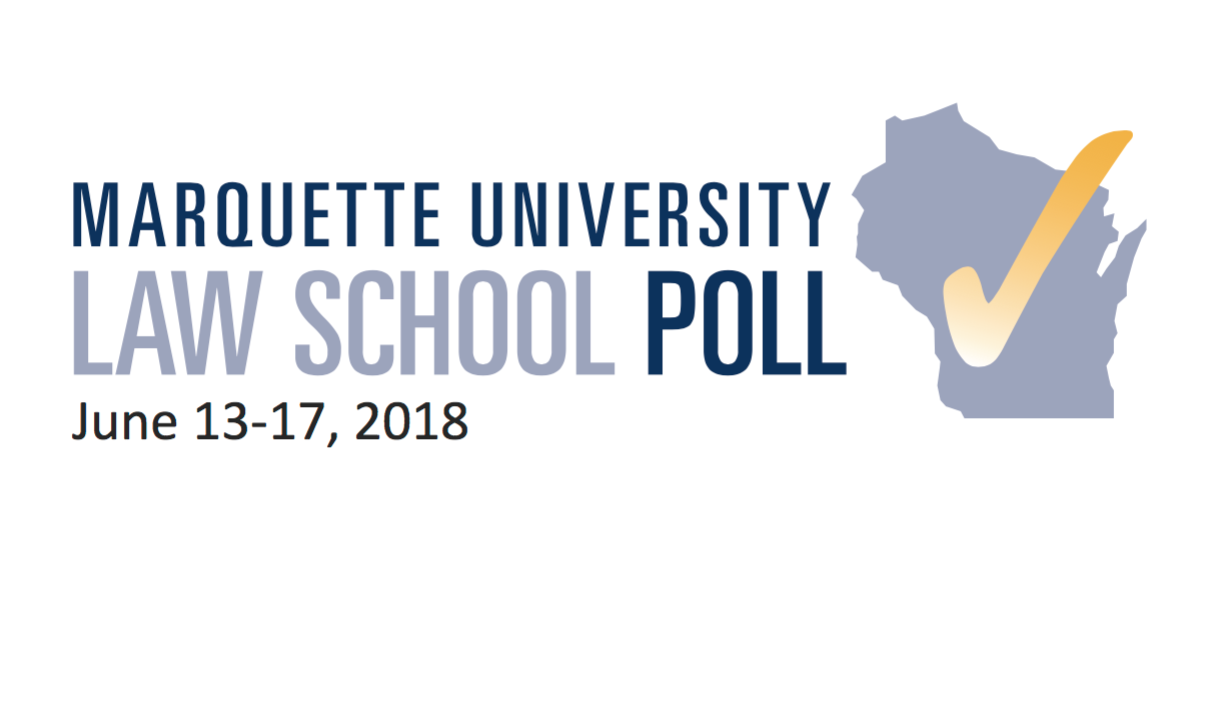So, as you know, I support efforts to invest in our transportation infrastructure. I think it is a key component in economic development efforts in Wisconsin. All the job training programs and incentive grants in the world won’t mean didily if getting raw materials and manufactured goods to and from market becomes harder and harder every year.
Fortunately, more and more lawmakers get it. And so does the public.
One of the key takeaways from this past election is that sensible lawmakers who aren’t afraid to tackle real problems have nothing to fear come election time.
Every single Wisconsin Republican lawmaker who has pledged to meet our economic development needs and invest in transportation infrastructure won on Tuesday.
Every single one.
The public understands that when it comes to spending tax dollars, conservative lawmakers must prioritize transportation infrastructure. They did not ‘punish’ Republican transportation advocates. If fact, they were all rewarded with another term.
Every single one of them.
These results mirror what we’ve seen in Georgia, Michigan Pennsylvania, Wyoming and elsewhere. When policymakers and the public are informed of the cost-benefit analysis of reasonable infrastructure investment, they understand how dangerous it is to kick the can down the road.
Bad roads are a hidden tax, which may be convenient for politicians, but not so much for the rest of us. A recent nonpartisan report indicates vehicle maintenance, avoidable accidents and congestion delays ding Wisconsin drivers for more than two thousand dollars a year.
We have a choice.
If we don’t engage in smart, conservative budget practices for infrastructure, if we just keep going along as we have, the crisis gets much worse. For instance, let’s say the next transportation budget bascally maintains the status quo. Imagine that lawmakers pass a plan based on current law – no tax/fee increases and limit bonding to $500 million per biennium; and they hold all local aid programs at current levels (Which, by the way, put general transportation aids at 2010 levels and transit operating assistance at the 2008 mark). Let’s say they instruct Wis DOT to prioritize system preservation, maintenance and safety over major projects and capacity expansion and defer or delay projects already in the pipeline.
So, no cuts, but no real growth, ok? What would we be able to accomplish under that scenario?
Full completion of the mega projects in Southeast Wisconsin get pushed back at least 16 years to 2048 and User delay and maintenance costs increase by 1.2 billion over that time (Think temporary bridge construction like we saw before the Zoo Interchange project was complete)
Well, ‘What’s two years?’ you may say. It’s a small price to pay, a minimal delay. But delaying projects causes a cascading delay for all future projects.
- No new projects anywhere in the state can be approved through 2025
- I-43 in Milwaukee/Ozaukee Counties won’t be completed until after 2030
- I-39/90 Madison to Wisconsin Dells will not be completed until 2034
- There will be no funding to study any new road construction projects until 2045
Open for business? Not so much.
If we just continue to hold tight under the misguided notion of what is conservative and therefore don’t invest in resolving the curret crisis, over the next decade there will be 250 fewer new road projects, 800 fewer miles of roads will be rehabilitated or improved (thus increasing the miles of poor roads by 81 percent). This means 26 percent of all highways in Wisconsin will be in poor condition by 2027.
It is time to just fix it. All of the growing number of conservative and moderate Wisconsin lawmakers who agree just were re-elected.
Every single one of them.
